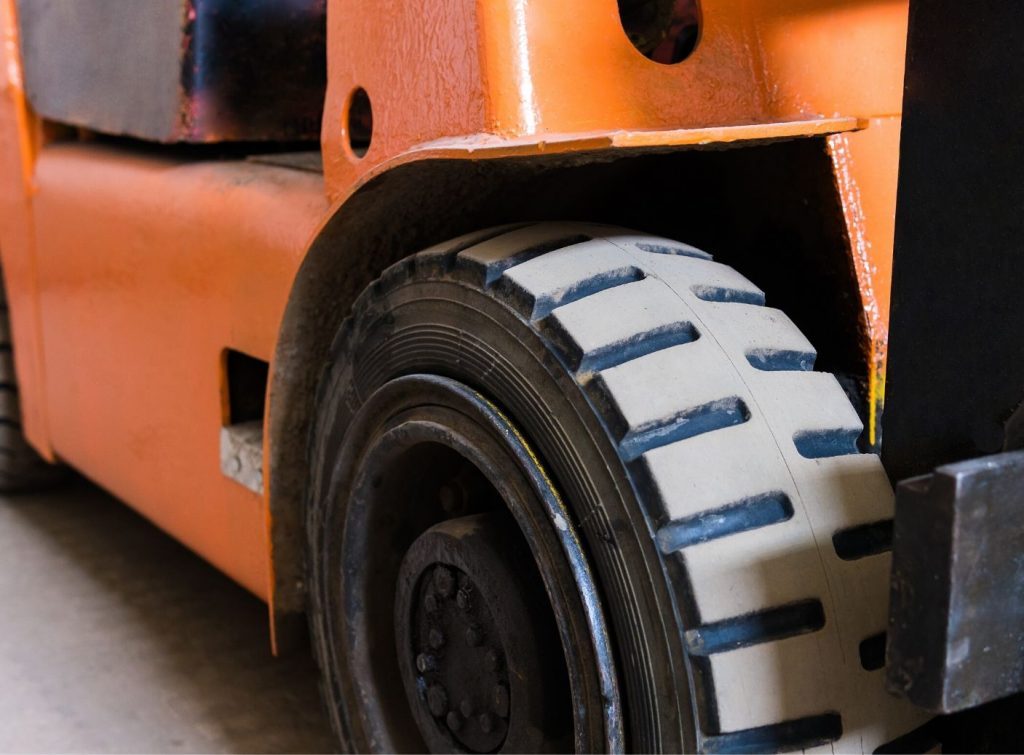Forklift Safety
How to Choose the Right Forklift Tires
When choosing the right tires for your forklift, you can go with one of two tire types: pneumatic or cushion. The choice doesn’t rely on which tire looks better; it relies on the type of loads and environment your forklift will be interacting with. Before finding new tires for your forklift, take a look at this guide on how to choose the right forklift tires. If you take all these factors into consideration, you’ll find the right tires to ensure safety and efficiency in the workplace.
Manufacturer Recommendations
Before installing forklift tires, take a look at your owner’s manual. Figure out which tires your forklift manufacturer recommends and keep that in mind when considering the factors listed below.
Surface Conditions
Next, you’ll need to know the terrain that your new tires will be interacting with it. Cushion tires are better for smooth indoor surfaces, while pneumatic tires are better for uneven outdoor surfaces.
Weight of Loads
The tires are at the bottom of the forklift chassis, which means all that weight needs the tires to power through and carry it, along with the loads being carried. It’s important to know the amount of pressure your tires will endure daily, and for how long.
Length and Speed of Trips
After considering the weight your tires will endure, think about how long they’ll be enduring said weight. You need to not only think about how long it will be used during a shift, but also how many shifts it will be used on any given day. You also must consider the speed at which these tires will have to pull your forklift during each trip. Cushion tires offer good maneuverability, but pneumatic tires can handle higher speeds.
Now that you know how to choose the right forklift tires, your forklift will be ready and operational in no time. Practicing proper maintenance on forklifts is important to keep them working and keep your workers safe. Whether it’s the tires, battery, or mast, every aspect of the forklift should be assessed and used correctly on a daily basis. That’s why your workers need to be properly trained and certified to operate this machinery. Don’t worry—at First Quality Forklift Training, we provide you with a comprehensive guide to the OSHA forklift training requirements.That way, you can prepare yourself and employees for the certification process.


